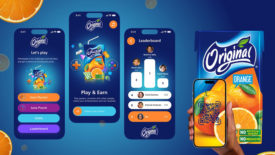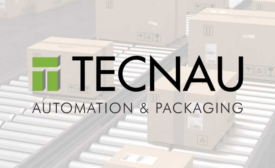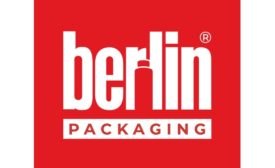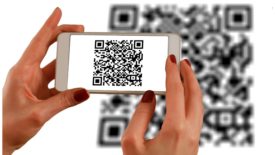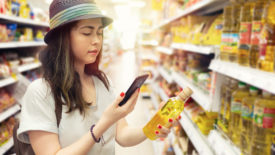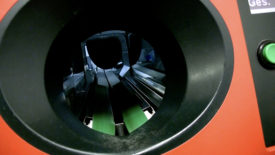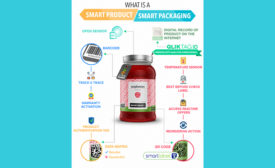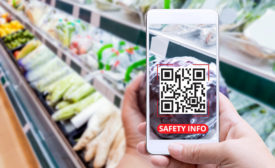Home » Keywords: » smart packaging
Items Tagged with 'smart packaging'
ARTICLES
Package of the Month
The smart packaging campaign utilizes a web app based connected experience accessed via QR codes looking to help consumers see Gulf Union’s products as a vital part of their school preparations.
Read More
Technology
Three Success Factors for Smart Connected Packaging
Transitioning to this new packaging paradigm has challenges. High among them are maintaining quality and cost control. There are, however, three success factors that can help mitigate risks.
November 3, 2022
Brand Packaging
6 Examples of Connected Packaging Done Right
AR, NFC, QR codes and image recognition provide unique opportunity to engage consumers, tell a story and create a better brand experience for customers. But once consumers’ attention is caught, then what? How can you utilize it? Here are six examples of successful connected packaging.
June 9, 2022
Technology
Active and Intelligent Packaging as a Pathway to Sustainability
What if packaging could actually reduce food waste so there was more food on the shelves and less food in the landfill?
December 15, 2021
Brand Packaging: Connected Packaging
3 Forces Driving the CPG Digital Transformation
The store shelf was once the mainstay of the consumer packaged goods (CPG) industry, a crucial brick-and-mortar spotlight for tangible products. Today, the consumer experience increasingly skews digital; COVID-19 alone accelerated e-commerce by 10 years in 10 months. This new market landscape demands a major pivot to ensure success: a digital transformation.
July 13, 2021

